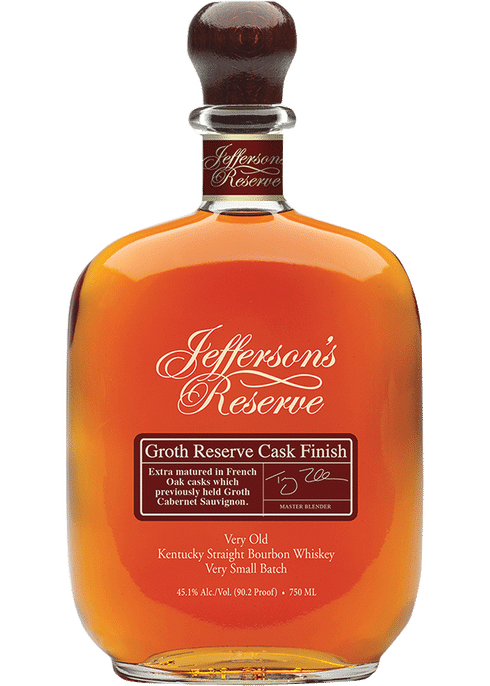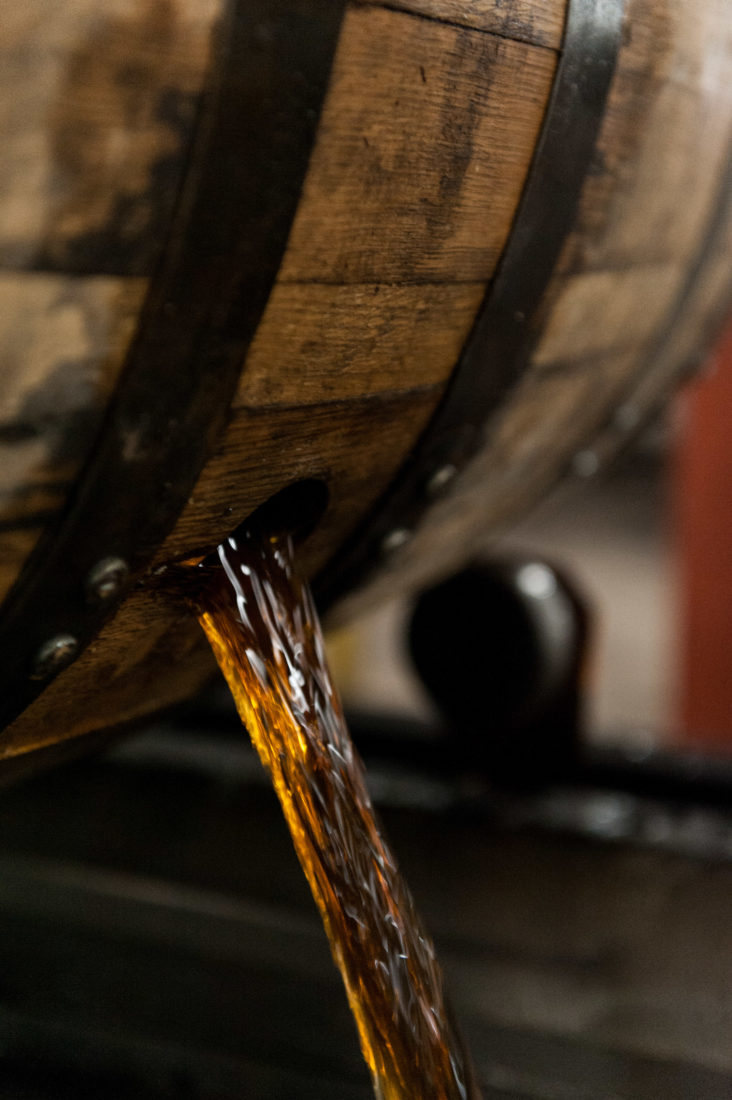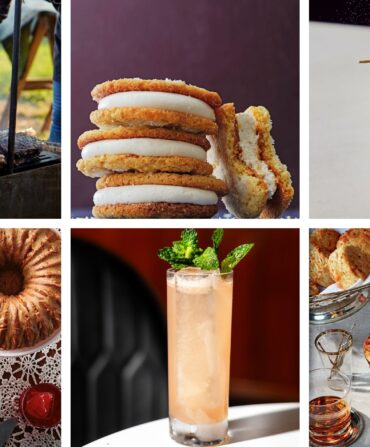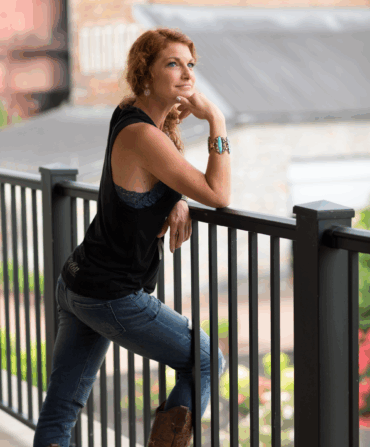The strictures of bourbon-making are narrowly defined—it must be distilled in the United States using at least 51 percent corn and aged in a new, charred white oak vessel, among other conditions. But as the industry continues to boom, there’s more room for experimentation to enhance flavor and complexity. Chief among these techniques is “finishing” a mature bourbon in a second vessel previously used to age another spirit or wine, such as rum, port, or sherry. The resulting spirit can no longer be solely designated as “bourbon” due to this secondary aging; common terms one might see on labels include “bourbon finished in,” “cask finished,” or “double-wood finished.”
“It’s fascinating to watch these master distillers decide what flavors they want to celebrate in a bourbon, and then take it even further,” says Peggy Noe Stevens, a consultant with nearly thirty years’ experience in the whiskey business. Based in Louisville, she’s also the world’s first female certified master bourbon taster, and pens around two hundred reviews a year. “It’s like a chef creating a great recipe—you really have to know the deep-down flavor profile of your original bourbon before you decide ‘what do we want to enhance?’ For example, I might taste a cherry note in a bourbon, and if I use Oloroso [sherry] barrels then I’ve just heightened that to an almost blackberry, sherry-like flavor.” A successful barrel-finished whiskey should harmoniously complement the original bourbon, however; not overpower or mask flavors. A short stint in a secondary barrel is often all it takes. “I’ve never heard of a finish that’s more than six months,” Stevens says.
Distillers of Scotch whisky have long aged their products in used oak barrels—often bourbon barrels exported from the U.S.—and in recent decades have experimented with cask finishes. In 1999, the late Jim Beam master distiller Booker Noe, to whom Stevens is related, became the first major American distiller to release a cask-finished bourbon with Distiller’s Masterpiece. Selected from stocks aged for eighteen years, the whiskey was finished with a dip in barrels previously used to age cognac and packaged in an ornate decanter. It’s likely that the sky-high price (for the time) of $250, rather than the whiskey itself, turned off regular drinkers and Distiller’s Masterpiece languished on shelves collecting dust.
As was often the case, Noe was ahead of his time. Jim Beam’s latest release, Legent, was created in partnership with Japanese whiskey-maker Suntory (a sister company also owned by Beam Suntory) and seventh-generation master distiller Fred Noe from a blend of Kentucky bourbons aged in both red wine and sherry casks.
“I think you’re going to continue to see more finishes and more creativity in the industry,” Stevens says. Here are three examples that tickled Stevens’ palate.

Angel’s Envy is a widely available small-batch whiskey finished in ruby port wine casks. “If you’ve ever had a cheese that’s soaked in port, it just goes together so well,” Stevens says. “Port also works fabulously as a bourbon finish.” Angel’s Envy also offers a rye finished in rum barrels, and recently released a limited-edition whiskey finished in Oloroso sherry casks.

Given the culinary parallels in blending and finishing whiskey, it isn’t surprising that John Rempe, the production manager behind Blood Oath whiskey from Lux Row Distillers, is also a food scientist. While each “pact” of Blood Oath is unique, the limited-edition bottlings are often blended from select barrels and cask finished. Pact No. 3, for example, is a blend of three bourbons finished in Cabernet Sauvignon barrels. “You might think red wine joined with bourbon? That doesn’t sound right,” Stevens says. “But what they were trying to do is bring out coffee notes, dark fruit, and stone fruit, and they were very successful in doing so.” The current release, Pact No. 4, is finished in toasted-oak barrels. Pact No. 5, set for release this April, is finished in casks previously used to age dark Caribbean rum.

Stevens also cites Jefferson’s Reserve Groth Reserve Cask Finish as a successful example of whiskey finished in Cabernet Sauvignon barrels—in this case from an award-winning Napa Valley winery. Distillers filled the freshly dumped wine barrels with mature bourbon, and then placed them inside a steel “hot box” during a Kentucky summer to sweat the wine out of the wood and comingle it with the whiskey.








